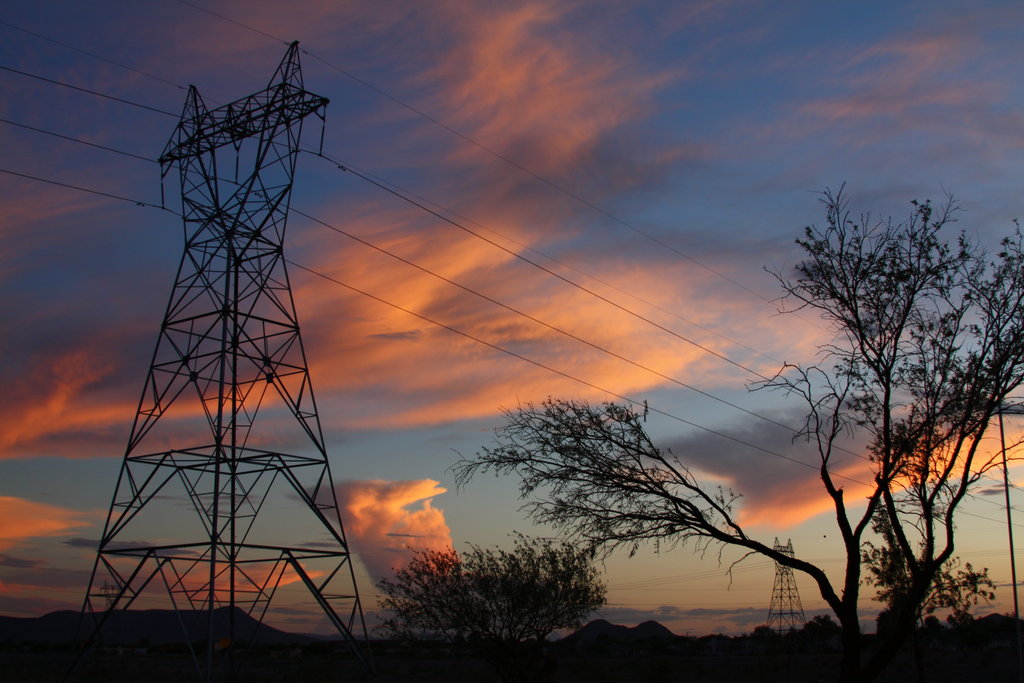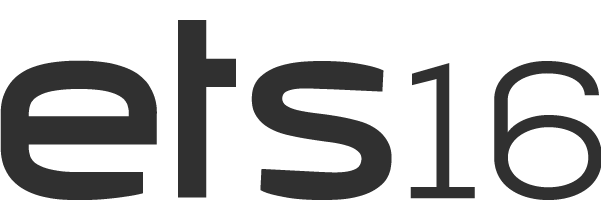
06 Jan 2016: The Year of the Utility
Over the past year, we’ve heard about so much doom and gloom for utility companies—the utility death spiral is a favorite term out there. Indeed, the utility industry is chaotic and utilities must question the very basics of their organizations, but we are starting to see a new utility model emerge. And we think that in 2016 a different breed of utility will start to shine. How is this breed different? In 2015, Zpryme surveyed 1,000+ utility executives and conducted 100+ industry interviews. From this research, we were able to glean what’s on the horizon for 2016:
2016 is the year of the distributed utility. The technologies for things like microgrids and energy storage are here and the prices are dropping. Everyone from cities to environmental groups are jumping into developing more distributed grids. We’re finding that now utilities are jumping into these projects, too, as well as conducting ones of their own—whether in a fight to remain relevant or even lead the development distributed grids. This year we expect these projects to move beyond the pilot stage into more significant projects that start to change the fabric of the utility grid and utilities. Of course this seismic rethink of how we approach the grid raises questions about things like how much do we innovate the existing system versus just start anew? How do we deal with stranded assets? How do we deal with the security of the grid as things become more distributed?
2016 is the year utilities embrace their core competencies. Throughout 2015 we saw utilities open their minds to the cloud and managed services, and this year we’ll see them open their arms to these solutions. With the onslaught of new technologies, distributed generation resources, and competition from third-party providers, utilities are facing pressure to adjust their business models. Our research is showing that most utilities going forward will incorporate the cloud and managed services into their organizations on a significant scale, and that starting point for this is with early successes in meter data management. This year be prepared to see to these areas truly take off as utilities focus more on their core competencies of utility services.
2016 is the year of a new customer relationship. Customer control in transportation (like Uber and Lyft), content (like Facebook), accommodations (like HomeAway and Airbnb) and other industries are not isolated incidents. Customer control is not going away, but instead of the “end of the utility” consider this year a second chance with customers.
Look back to 2008 and what the relationship was between customers and utilities. We were still in a one-way relationship, and an outdated feedback loop between the industry and customers. Now, we see really interesting new relationships around new services. Perhaps the biggest find for 2016, is the emergence of a new type of customer—one we call “The Optimizer”.
The Optimizer use case looks like this: This person is hyper-engaged, and obsessed with maximizing benefits. The Optimizer thinks about everything from the perspective of what is best for them. On the way home from CrossFit, yoga, or SoulCycle, these Optimizers may stop at a Whole Foods and charge their electric vehicle in a public charging station, pick up organic dinner and Kombucha, and alert their Nest to adjust the temperature in their home so that it’s just right when they walk in. The Optimizer thinks more about how things are connected, has (and uses) frequent flyer miles, and is connected to the Internet of Things and internet of activities from their phone, through a myriad of apps and services. What will this mean for utilities? Customers will expect more and be willing to pay a little less to feel like they are special, and at the center of new services.
2016 is the year of the cultivating startups. Utilities are learning that the balance between startups and large companies is important. Startups play a critical role where large companies either can’t address or move fast enough to develop new solutions and technologies. And at the same time, startups also benefit from large companies that can help them go to market and scale their products. We’re seeing utilities embrace their role in technology innovation, and expect to see startups, large companies and other support organizations coming together even more this year to develop thriving energy ecosystems.
2016 is the year of leading smart cities. Whether utilities realize it or not, they are leaders in smart city technologies with their years of investments into smart meters and other sensors, telecommunications, and data analytics. We’re going to see utilities step up in significant ways to drive smart investments and change throughout communities beyond just energy. Keep an eye out for some cool research we’re working on in this space about the power of utilities to reinvent their communities.
We look forward to seeing how utilities continue to transform this year. Happy 2016!

